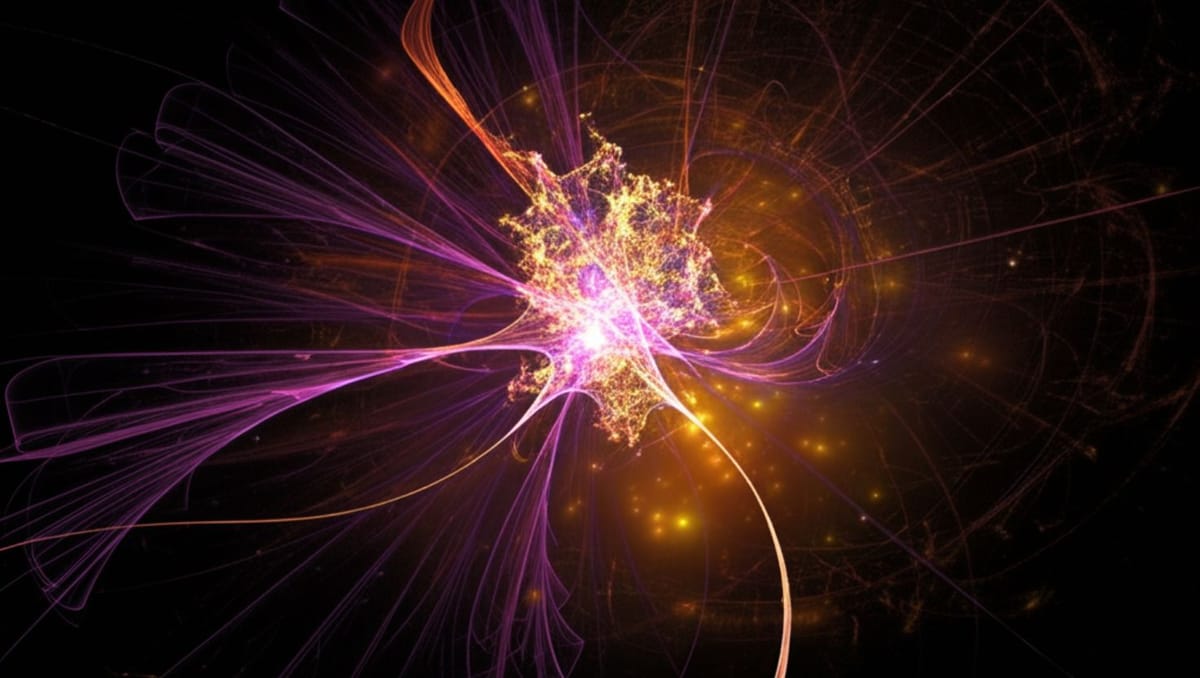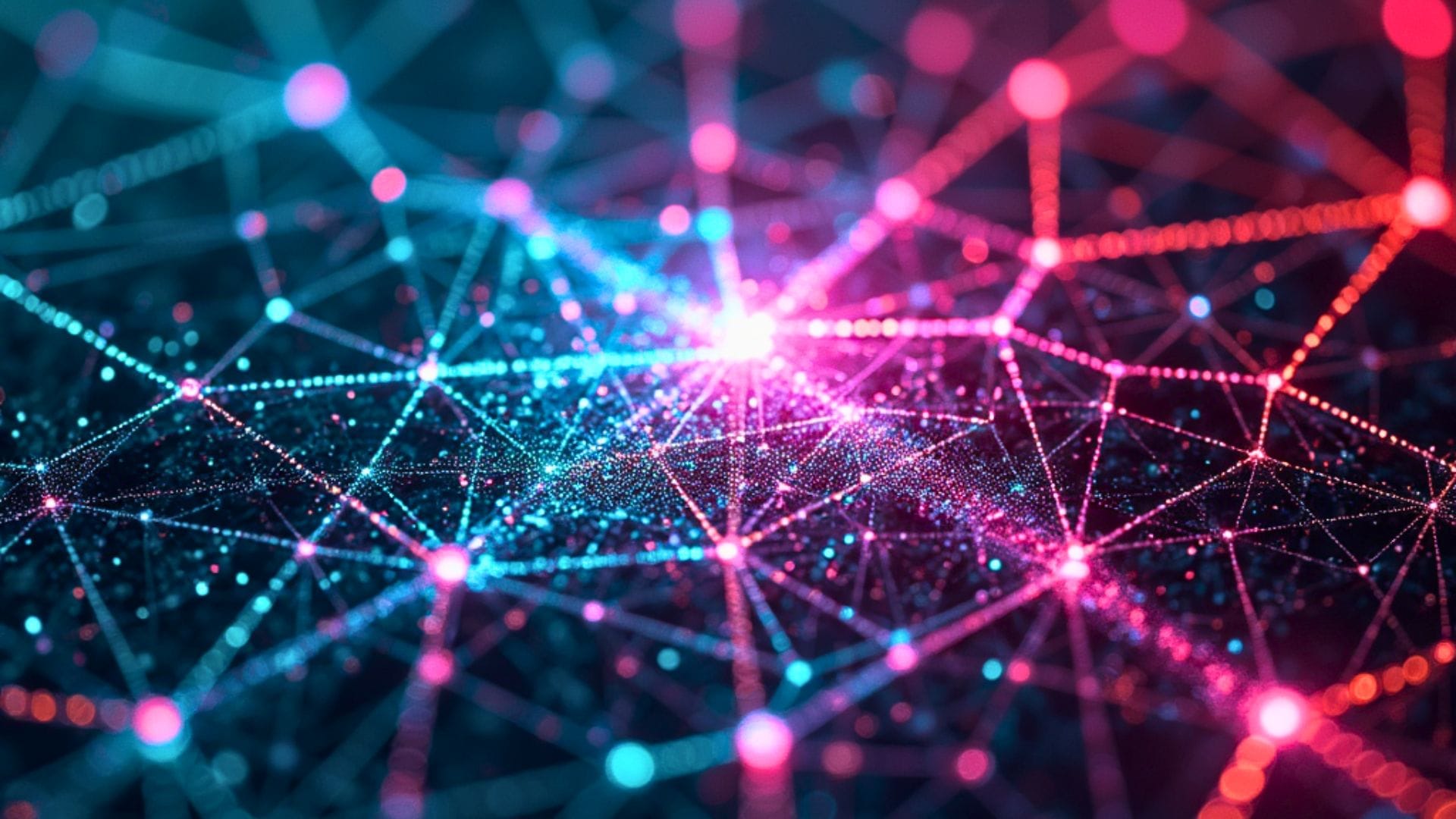The Paradox Behind AI's Impressive Yet Limited Capabilities

"The tasks that humans seem to struggle on and AI systems seem to make much faster progress on are things that have emerged fairly recently in evolutionary time," explains Tamay Besiroglu, reflecting on why today's most advanced AI models excel at tasks like advanced mathematics while lacking capabilities that even simple animals possess.
This counterintuitive pattern—known as Moravec's paradox—provides a crucial framework for understanding both the capabilities and limitations of current artificial intelligence systems, writes End of Miles.
Human challenges, machine strengths
Besiroglu and his colleague Ege Erdil, co-founders of automation startup Mechanize and former researchers at Epoch AI, argue this paradox explains why current models have a peculiar capability profile that excites yet disappoints observers in equal measure.
"Advanced language use emerged in humans maybe 100,000 years ago, and certainly playing chess and Go and so on are very recent innovations. Evolution has had much less time to optimize for them," Besiroglu explains. "It's not surprising that on these specific tasks that humans find very impressive when other humans are able to do it, AI systems are able to make a lot of fast progress." Tamay Besiroglu
Erdil points to even stronger examples: "Multiplying 100-digit numbers in your head, which is just the one [capability] that got solved first out of almost any other problem. Or following very complex symbolic logic arguments, like deduction arguments, which people actually struggle with a lot... Very easy for formal proof systems."
The animal intelligence barrier
The researchers emphasize that this creates a misleading impression of general capability. When asked about current AI's abilities, Erdil challenges common perceptions of how advanced these systems truly are:
"I can't ask Claude to pick up this cup and put it over there... Even for remote work, I can't ask Claude to—I think the current computer use systems can't even book a flight properly." Ege Erdil
Where AI systems truly fall short is in capabilities that evolved over millions of years—those deeply embedded in even simple animals. These include agency, sensorimotor skills, and the ability to interact reliably with physical environments—capabilities not reflected in standard benchmarks.
The AI researchers argue that because reasoning and abstract capabilities are so new in evolutionary time, they weren't subject to the same optimization pressure as more fundamental capabilities like navigating physical environments or maintaining goal-directed behavior over time.
Misaligned metrics of progress
This evolutionary lens also explains why seemingly impressive benchmarks might create false impressions of progress toward artificial general intelligence:
"In humans, these things are often very strongly correlated with other competencies, like being good at achieving your goals, or being a good coder is often very strongly correlated with solving coding problems. But in AI systems, the correlation isn't quite as strong." Tamay Besiroglu
Erdil offers a striking example of this disconnect, noting that despite their vast knowledge and reasoning abilities, these models have yet to show genuine creativity: "Has a reasoning model ever come up with a math concept that even seems slightly interesting to a human mathematician? I've never seen that."
The researchers suggest this perspective should temper expectations about seemingly rapid progress. Impressive performance on human-like reasoning tasks—the very capabilities that appear most advanced to us—may actually represent the "low-hanging fruit" of intelligence rather than signaling imminent artificial general intelligence.
Broader implications
This evolutionary perspective offers critical insight for interpreting AI capabilities and might explain why many AI researchers anticipate a much longer timeline to AGI than public perception suggests. It may also help explain why seemingly advanced systems still struggle with tasks that would be trivial for most humans—or even animals—to accomplish.
Understanding Moravec's paradox helps reconcile the contradictions in current AI systems—how they can simultaneously appear superhuman in some domains while failing at tasks a toddler could accomplish. It suggests the path to artificial general intelligence may require fundamentally different approaches than simply scaling up current systems that excel primarily at evolutionarily recent tasks.





